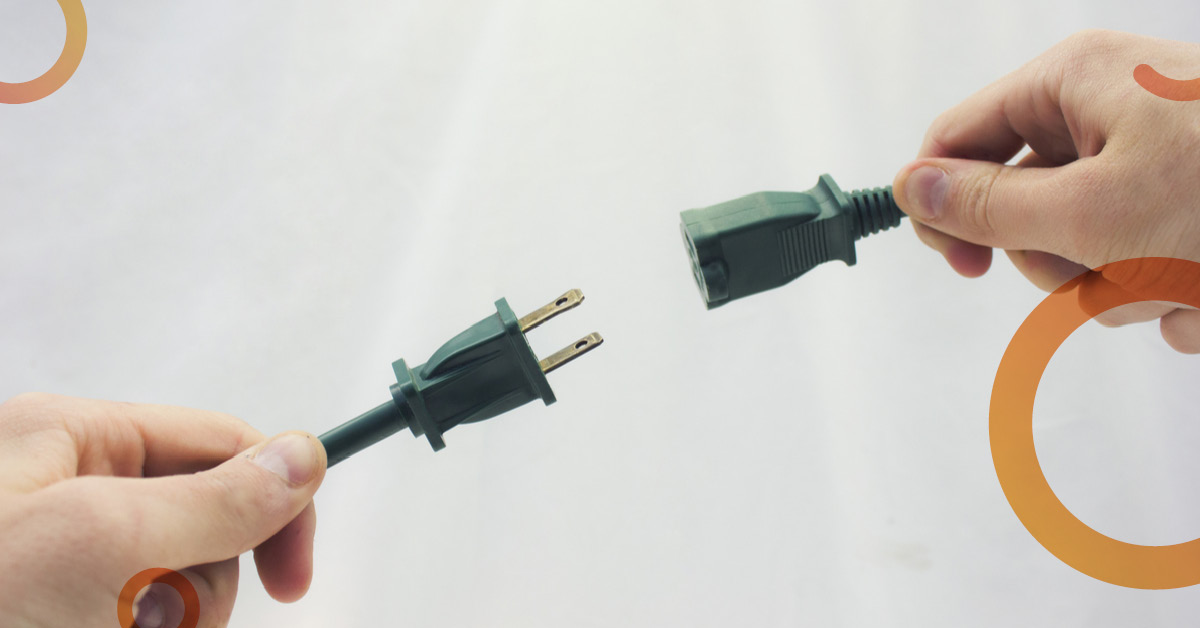Traditional business models have relied on monthly, quarterly, or yearly planning to set strategic goals and define the next steps. Today, we live in a world where technology continues evolving, and customer expectations keep changing along with the market.
Gone are the days of five-year plans. The pace of disruption has reached an intensity such that any business model today could be unviable in five years.
An agile business plan is the key to success. You must be able to pivot quickly and make changes on the fly to stay ahead of the competition. One way to achieve this agility is through systems integration. Integrated systems bring together the data you need to make informed business decisions and find cut-through in the market.
Make the right business moves with a systems integration strategy
The success of your business relies on your ability to make the right strategic bets. It feels like a tenuous line to walk with failure one wrong decision away. So how can you increase your chances of making the right decisions and ensuring you do not steer your company in the wrong direction?
Personalised content has become imperative for retail companies to compete and stay relevant to their customers. In response, I have seen two trends emerge: omnichannel content delivery and first-party customer data collection. What exactly do these encapsulate, why do they need to be considered collectively, and what do they mean for your retail business?
Technology-driven innovation does not live in isolation - Getting the most from AI and automation
Right now, technology companies worldwide churn out innovation at a rapid pace. Recent years have seen a sharp acceleration in the capabilities of Machine Learning (ML), Artificial Intelligence (AI) and Robotic Process Automation (RPA). Each new technology and solution promises a compelling, unique benefit.
How content orchestration supports an omnichannel retail strategy
A modern retail business deals with more moving parts than traditional brick-and-mortar stores. You might serve customers in a physical store, but they also interact with your brands and products throughout the day. Social influencers promote products during your customers’ personal time, which leads to research during the day, with a final online purchase potentially made in the evening.
You might be familiar with the psychologist Daniel Kahneman’s concept of ‘thinking fast versus thinking slow’.
Gaining control and visibility over workforce processes has become imperative for modern businesses.
You might have heard someone drop ‘microservices’ as a buzzword in a meeting. Perhaps your technical team has mentioned them, but you are not really across what they are, the business benefits, or why you need them.
Four key platforms for driving omnichannel content delivery
As you prepare your business for 2022, I encourage you to review your MarTech stack and consider whether your platforms enable omnichannel content delivery.
Many companies went into survival mode through 2020. They put projects on hold, cut down on expenses, and for many, mergers and acquisitions (M&A) were out of the question. As it becomes safer for companies to open their front doors again, M&As are taking off at an incredible rate. $82.8 billion worth of deal closes occurred in the first half of 2021, exceeding the average of the last five years.
















